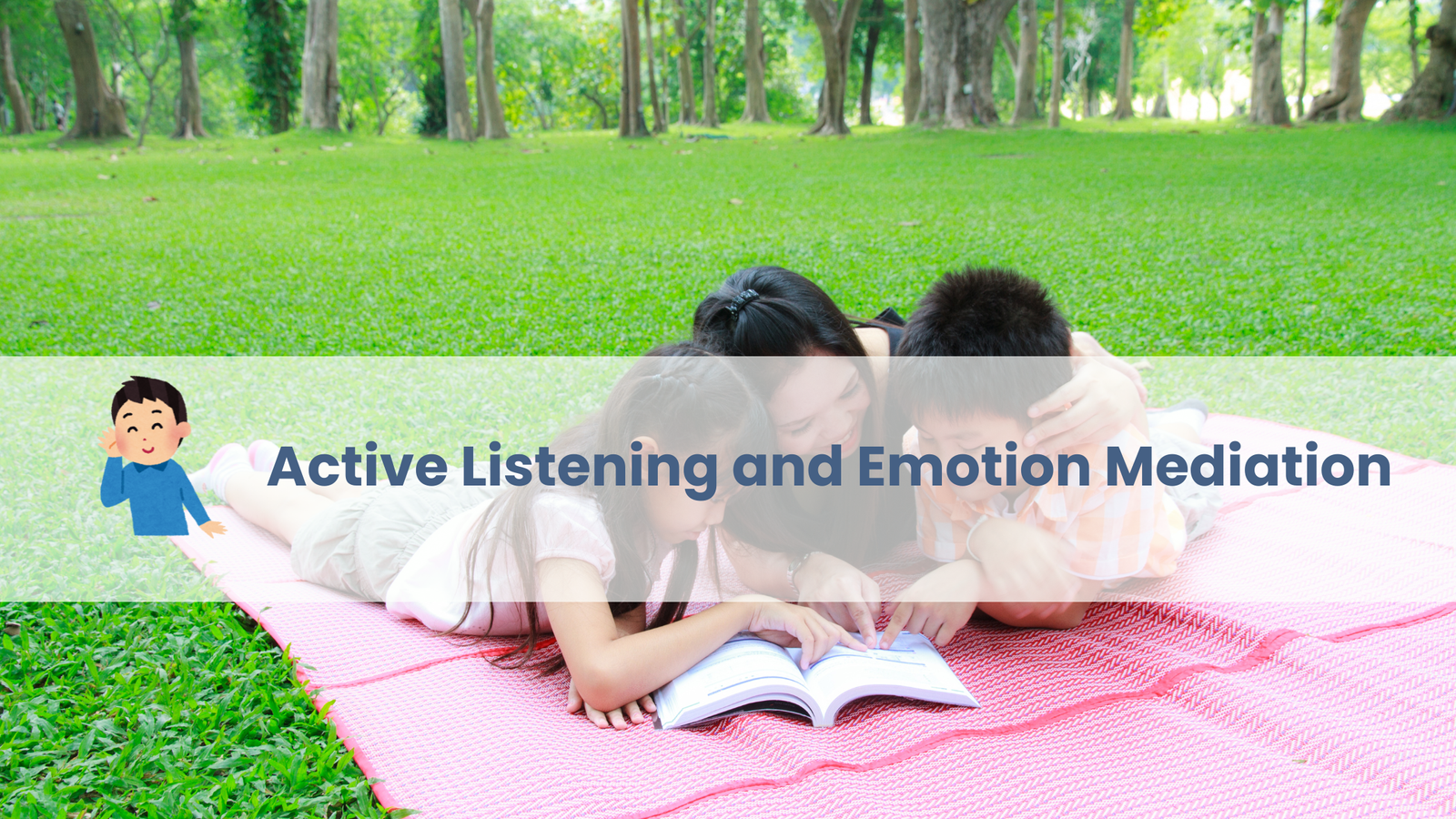
Purpose: To improve communication to prevent future overflows.
-
Emotional Reflection: Repeat or paraphrase what the child said or demonstrated. “It sounds like you’re very angry that your brother took your toy.” This makes the child feel seen and heard.
-
The Emotion Sticks: Use colored/faced sticks as non-verbal language. Instead of asking “Are you angry?”, ask “Can you show me with the sticks how you feel right now?” This is more accessible for ages 2-4.
-
The No-Immediate Solution: Sometimes, the child just needs to be heard, not to have the problem solved. The parent must resist the temptation to offer an immediate solution and simply reflect the feeling.
Exercise Files
